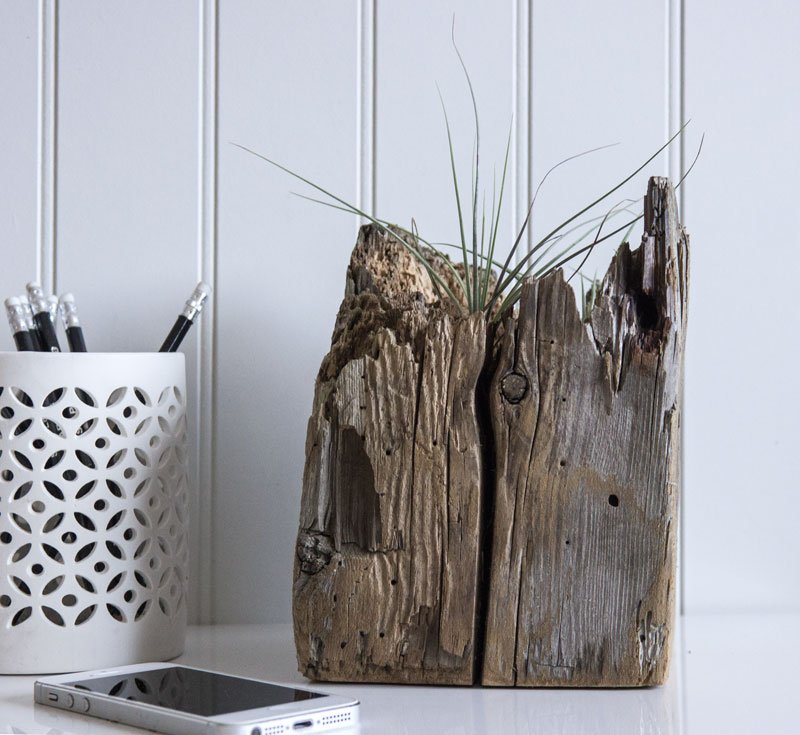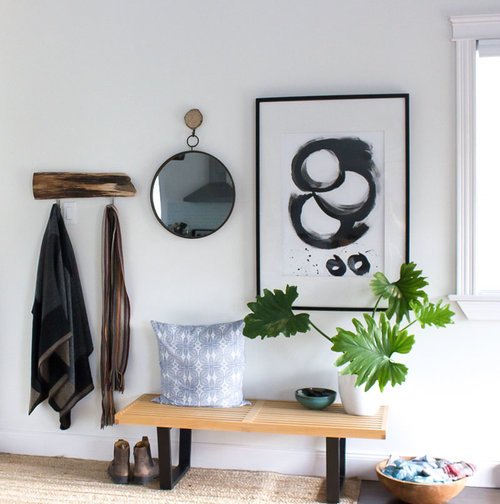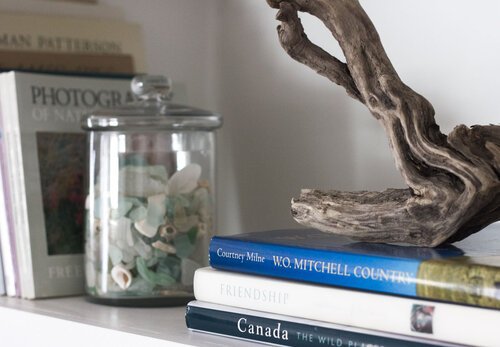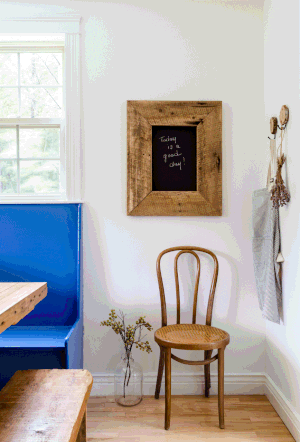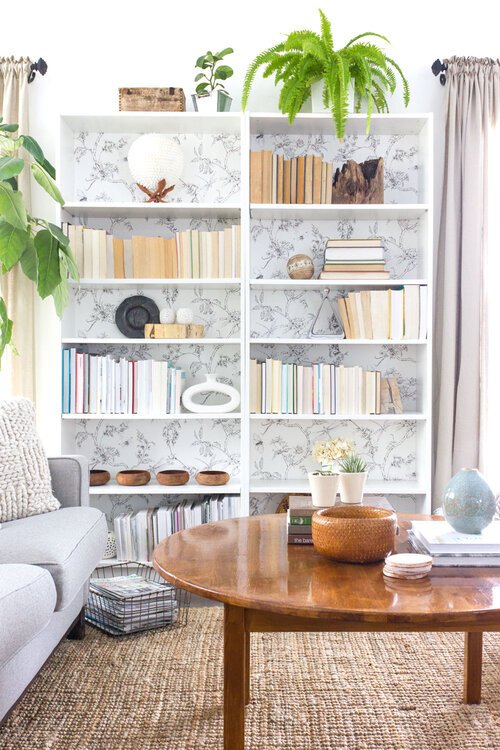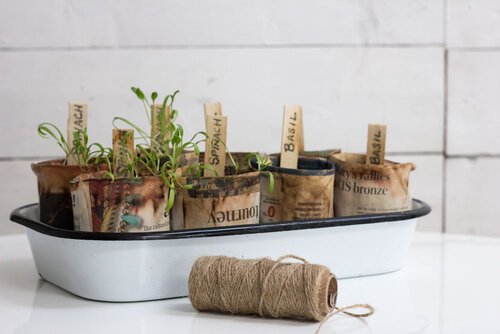How White Walls At Home Can Create 'White Space' In Life
'White space’ is a trendy term used to describe that elusive sense of stillness and clarity, of space to visually and emotional be still and breathe.
When you're able to find white space in your life, you experience a greater connectedness to the whole, and a sense that all is well.
But we don't always experience it often or for long periods - probably because we’re constantly bombarded with visually stimulating surroundings.
That's why having actual white space at home can help trigger white space in your life.
The use of colour in spaces can play an important role in how we feel, rest, and act. And white has always been known to help us be calm and thrive.
White is indeed a colour, a neutral in a class of colours called earth tones. White promotes clarity and balance and it's soothing to the eye.
In colour theory white is associated with innocence, purity and safety. In Feng Shui it corresponds to yang energy, meaning it is very expansive and open, thereby boosting creativity and flow.
White walls:
reflect light, which helps us stay positive and uplifted - with a feeling like we have more room to breathe.
provide a calming, neutral backdrop on which to display meaningful things that can then pop out to us – the books, artwork, photos and mementos that remind us of our purpose
allow nature to shine through indoors, for example by not interfering with green plants, woodwork, natural fibres and of course, the sunshine and view outside
are very practical because they’re easy to clean and retouch, with no paint colour to match up or fade out from scrubbing marks off of walls (hello Magic Eraser!)
are timeless - meaning no need to repaint every couple of years and unsustainably consume more paint and supplies.
But best of all, by creating actual white spaces in our homes, we can create white space in our lives.
3 TIPS TO HELP YOU FIND WHITE SPACE AT HOME:
1. Paint your walls white.
A pure bright cool white is best used in rooms with lots of natural light. But if you have low light in your room most of the time, shadows will make a cool white room feel dingy. In this case, opt for a warm off-white or cream, or go with a light misty gray instead of white. For help with choosing the right white (or off-white) colour for your walls, download my free Guide to Choosing the Right White Paint.
2. Keep some open space on the walls.
Whether your walls are actually white or another colour, don't fill them completely with art, photos and other things. Keep some open space. Similar to how websites look better to our eyes with more white space around the images and text, so do our rooms.
3. Layer in warmth.
White without life can feel cold, stark and depressing. So add in warmth using textural fabrics, natural elements and colourful accessories (if you want some colour).
Wood plays really well with white walls, so if you’re lucky enough to have beautiful wood trim and/or flooring, leave it as is. You could also add wood through practical things like cutting boards displayed against the kitchen backsplash and a wood stump as a side table to place a cup of coffee on.
Green plants or even branches, driftwood, rocks and shells add natural texture and life to a white room and connect us to a feeling of natural simplicity.
And finally, artwork, photos, books and accessories add some colour without being too visually stimulating.





